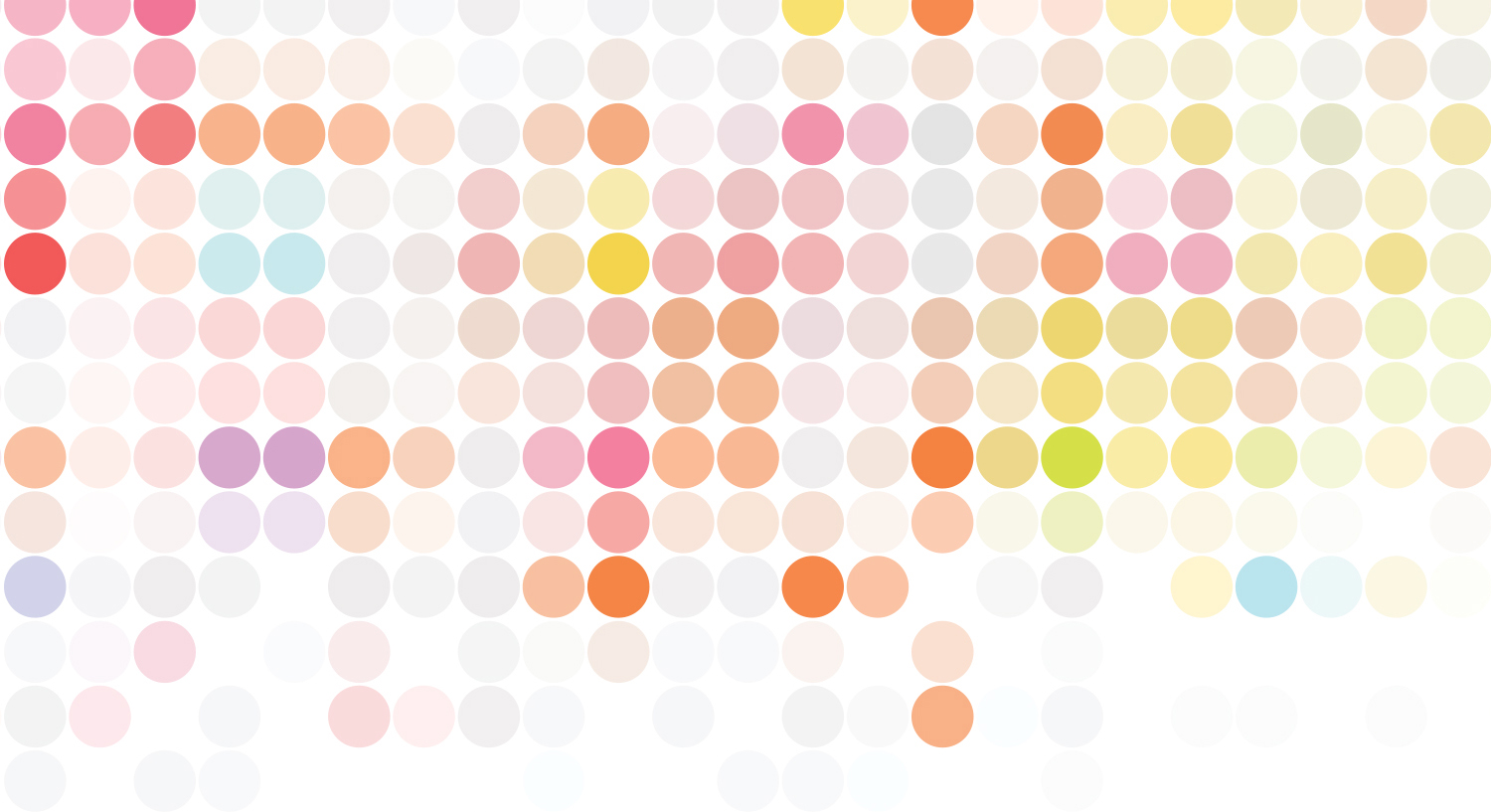Recognizing AI’s potential
FOR MORE THAN a century, pathologists have identified cancer by looking at slides containing tissue stained with dyes to make the malignant cells more visible. Spotting aberrant cells among healthy ones is similar in spirit to recognizing familiar faces or objects in pictures. “Our brains are very good at recognizing patterns in images,” says physician and epidemiologist Peter Gann of the University of Illinois at Chicago. “And basically what [pathologists] do is instantaneous pattern recognition.”
Researchers at Radboud University Medical Center in Nijmegen, Netherlands, organized a contest in 2016 intended to improve on this ability to recognize patterns—using artificial intelligence. The contest, called CAMELYON16, was designed not only to reward a winner, but to accelerate the development of cutting-edge technology to benefit cancer patients.
CAMELYON16 attracted 32 entries. Each entrant received 270 digitized slides of lymph nodes removed from patients who had undergone breast cancer surgery. Their task was to accurately identify the slides that showed cancer by using computer algorithms, mathematical recipes written in code to teach a computer how to do a task. The winning entry, a joint effort by researchers at Harvard Medical School in Boston and the Massachusetts Institute of Technology in Cambridge, used an artificial neural network—a sort of computer brain—to tell the difference between tumor images and nontumor images. It had been trained to recognize cancer by reviewing millions of such images.
